Woods differ in texture and color. This difference depends on the species and soil conditions. The natural wood colors chart can be a need for those who are interested in using natural wood colors. Due to the lack of a categorized source of different types of colored wood, we decided to take a look at the natural colored wood and introduce the wood species for each color. This is a very interesting idea and can be very exciting for carpentry enthusiasts. At the end of the article, we have provided a chart of the natural wood color for you.
Natural Wood Colors Chart – A Few Samples
Common woods are medium density (hardwoods or softwoods) that features a color range of light brown to reddish or peach hues. Some woods also have different colored grains. But it’s interesting to know that some woods have exotic colors. Have you ever seen purple-colored wood? Here are examples of colored wood.
Brown Colored Wood
The color of an object like wood is determined by its chemical makeup and its quantum mechanical interaction with light (photons). Wood mostly is made from carbon in chains with hydrogen and some other elements like nitrogen, oxygen, and trace minerals.
See what is wood made of.
Most woods are brown because they do not absorb photons that appear brown. In general, hardwoods such as maple wood, walnut wood, and oakwood all have dark brown colors and softwoods have lighter colors. Natural wood colors can also be based on the degree of saturation (meaning how dark a color is – high color or light pale) as well as transparency (meaning matte and glossy), divided into other groups.
Red-Colored Wood
Although most woods are brown, there are also red-colored woods. Some of them are golden to dark reddish-brown.
See red-colored wood.
Lichtenberg Wood Burning eBook
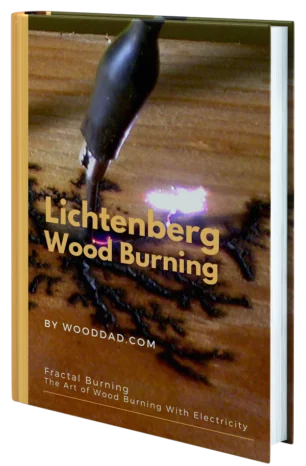
Download Lichtenberg Wood Burning eBook
One of the modern techniques for creating wooden artwork is called Lichtenberg wood Burning. In this eBook, we are going to introduce this newfound art to you.
This technique is known with some different names such as Lichtenberg wood burning, fractal wood burning, and electricity wood art.
This technique should not be confused with wood burning art or pyrography. The art of pyrography on wood is the art of creating motifs and designs by burning with hot metal tools on objects such as wooden surfaces.
Lichtenberg burning is a wood-burning technique for creating designs with electricity.
This eBook is a comprehensive guide on Lichtenberg Wood Burning. All you need to know for Lichtenberg Wood Burning is here.
This is a limited-time offer, order now to get access to the future eBook releases.
Bloodwood is the most famous red-colored wood. The woods of the red color spectrum are:
- Bloodwood: This wood is a vivid red. Its color can darken to a darker brownish red over time with exposure to sunlight.
- Sapele Wood
- Bubinga Wood: It ranges from a pinkish red to a darker reddish-brown with darker purple or black streaks.
- African Padauk: The color of this wood can be variable, ranging from a pale pinkish-orange to a deep brownish-red.
- Redwood: Its color can range from a light pinkish brown to a deep reddish-brown.
- Red Oak Wood: It is a light to medium brown, commonly with a reddish cast.
- Red Alder Wood: Red Alder tends to be a light tan to reddish-brown; color darkens and reddens with age.
Orange Colored Woods
Some woods turn orange when exposed to sunlight. For example, cherry wood is orange-colored wood. This wood is perhaps the most expensive hardwood for furniture in almost all countries. Cherry wood is renowned among woodworkers and furniture enthusiasts for its color and aging process. Freshly cut cherry wood has a pale orange / pink hue. Since it is a photosensitive wood, as it gets exposed to sunlight it will change into a darker orange / brown color.
But the most famous orange-colored wood is osage orange wood. The heartwood of osage orange is golden to bright yellow, which inevitably ages to a darker color with time.
Some woods like yellow poplar heartwood tends to be green when fresh-cut but turn to a nice brown/orange when exposed to UV and normal oxidation.
For a complete list of orange-colored woods, see Orange Colored Woods.
Purple-Colored Wood
Purple heartwood is the most popular purple-colored wood. This plant commonly known as purpleheart, Amendoim, violet wood, Amaranth, and other local names is a genus of 23 species of flowering plants in the Fabaceae family. Native to tropical rainforests of Central and South America.
When freshly cut, the heartwood of Purpleheart is a dull grayish/purplish brown. Upon exposure, the wood in the sunlight becomes a deeper eggplant purple.
Blue Colored Wood
Heartwood can be highly varied in color, usually grayish or olive-brown colored, sometimes with streaks of green, blue, or purple. The narrow sapwood is pale yellow and is clearly demarcated from heartwood.
Blue Mahoe is one of very few woods with an overall gray heartwood appearance (in its fresh and unweathered state), and perhaps the only commercially available wood that can exhibit a bluish hue.
Green Colored Wood
Greenheart wood and lignum vitae wood are the most popular green-colored wood. In fact, these woods have olive green grain. Most green woods turn brown after a time. Poplar wood can get very green and holds the color.
Black Colored Wood
Some woods are very dark in color. Ebony wood is a dense black/brown hardwood, which is dense enough to sink in water. African blackwood, as its name implies, is another black colored wood. Often completely black, with no discernible grain. Sometimes its color goes slightly lighter, with a dark brown or purplish hue.
Natural Wood Colors Chart – Colors Table
Here is a chart showing the natural colors of some woods. Also, the moisture content of the woods shown in this table is 20%, while these woods may have different colors in other moistures.
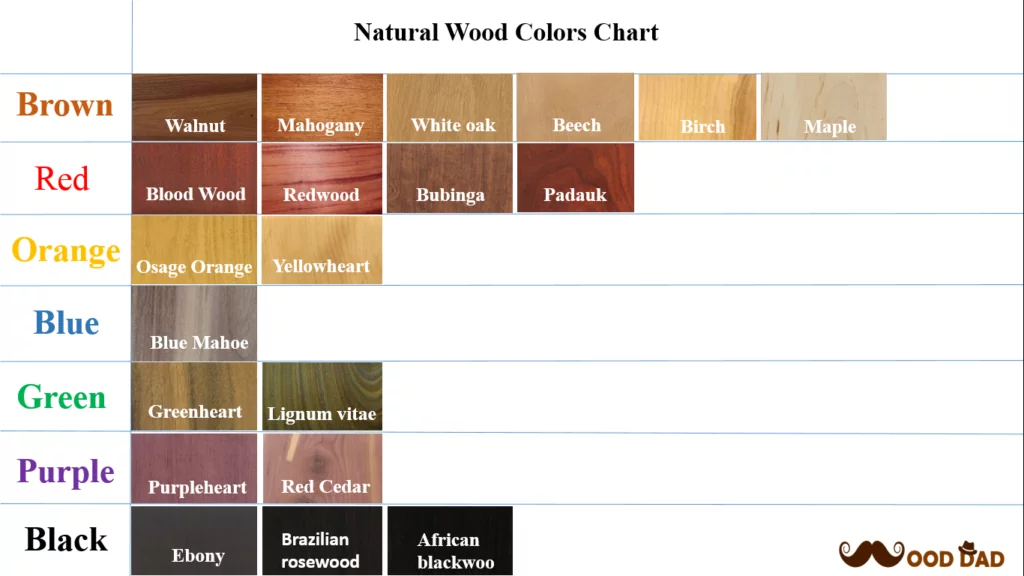
The above chart contains a few natural colors of woods (without stain). Note that the true color of the woods might be a little different since wood samples may look slightly different when scanned for this page.
There are definitely other natural colored woods that are not in this chart. If you know them, tell us to add them to the above chart. It’s also noteworthy that most woods are brown and we only mentioned a few samples here.

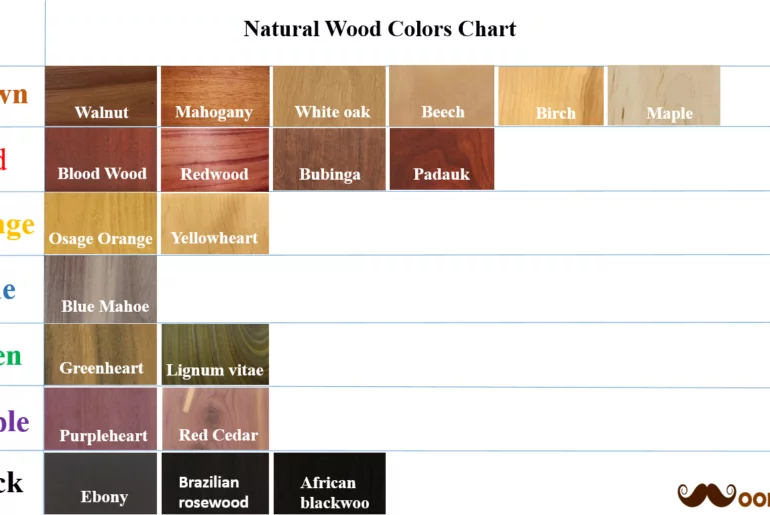
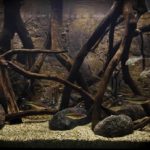
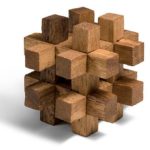

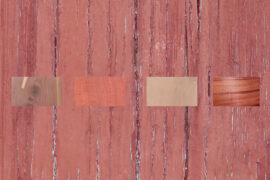
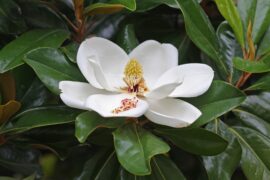
Comments
Pingback: Wood Dream Meaning (Wooden Objects) | Wood Dad
Pingback: Thermowood - Introduction, Pros, Cons, And Uses - Wood Dad
Pingback: Top List 10+ Wood Colors Names 2022: Best Guide - Dream Cheeky
Pingback: 4 Pink Colored Woods - Wood Dad